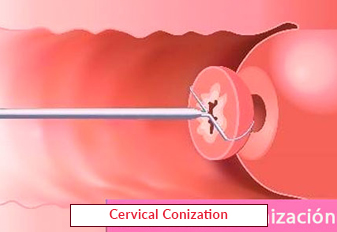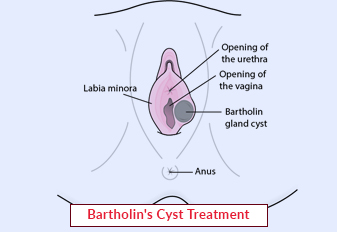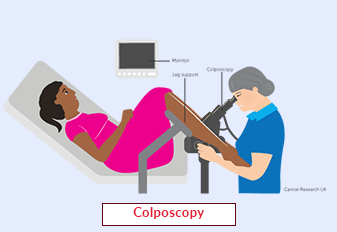Cervical Conization

Cervical conization, also known as a cone biopsy, is a surgical procedure performed on the cervix, the lower part of the uterus. It involves the removal of a cone-shaped tissue sample from the cervix for diagnostic and therapeutic purposes. Cervical conization plays a crucial role in the diagnosis and treatment of certain cervical conditions, including precancerous and cancerous lesions. In this article, we will explore the concept of cervical conization, its indications, and the procedure involved.
Book an AppointmentAbout Cervical Conization
Cervical conization is a surgical procedure performed to remove a cone-shaped section of tissue from the cervix. The removed tissue includes both the outer surface of the cervix (ectocervix) and the inner canal (endocervix). This procedure allows for a closer examination of the cervical tissue and helps diagnose and treat certain cervical conditions.
Procedure of Cervical Conization
The procedure for cervical conization typically involves the following steps:
-
Anaesthesia: Cervical conization can be performed under general anaesthesia, regional anaesthesia, or local anaesthesia with sedation. The choice of anaesthesia depends on the patient's medical condition and the surgeon's recommendation.
-
Specimen Removal: The surgeon removes a cone-shaped tissue sample from the cervix using a scalpel, laser, or loop electrosurgical excision procedure (LEEP). The size and depth of the cone biopsy may vary depending on the specific condition being treated.
-
Hemostasis: After the tissue sample is removed, the surgeon ensures hemostasis (control of bleeding) by using techniques such as electrocautery or sutures.
-
Recovery and Follow-up: Following the procedure, patients are usually observed in a recovery area to monitor their vital signs. Pain medication may be prescribed to manage any discomfort. The patient will be advised on postoperative care, including activity restrictions and the use of sanitary pads instead of tampons.
-
Pathology Examination: The excised tissue is sent to a laboratory for pathological analysis. The examination helps determine the presence of precancerous or cancerous cells and provides valuable information for further treatment planning.
Require Assistance?
Get A Quick Callback From Our Healthcare Experts






